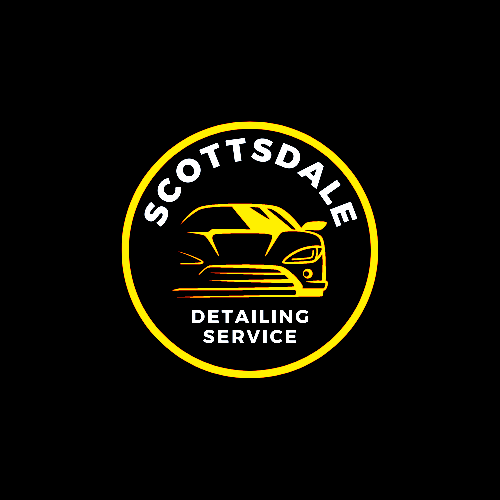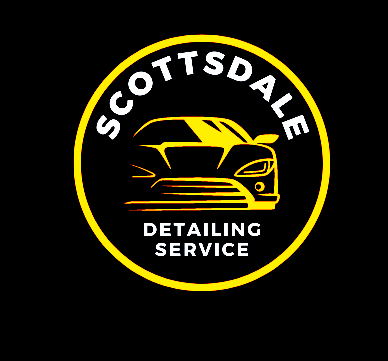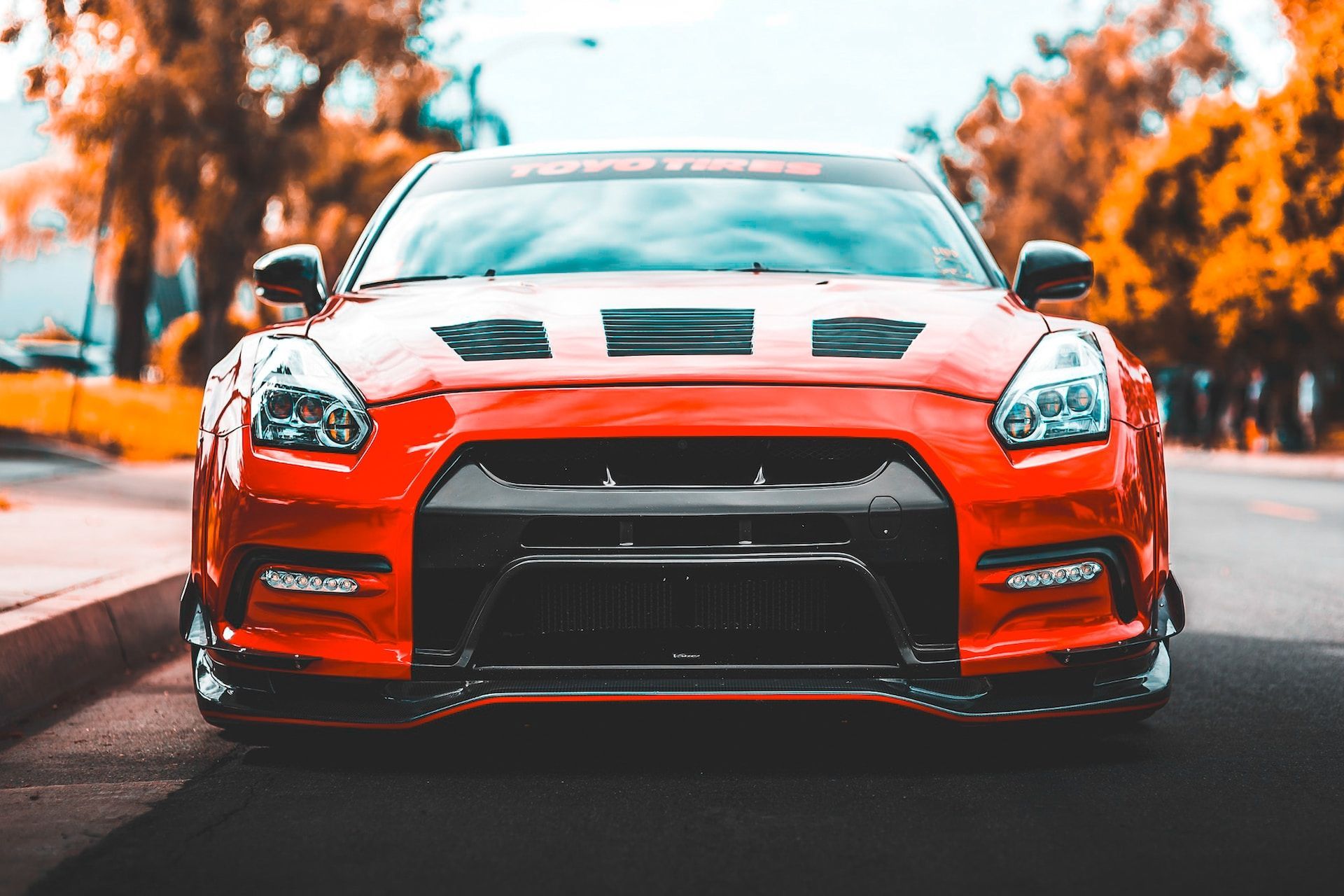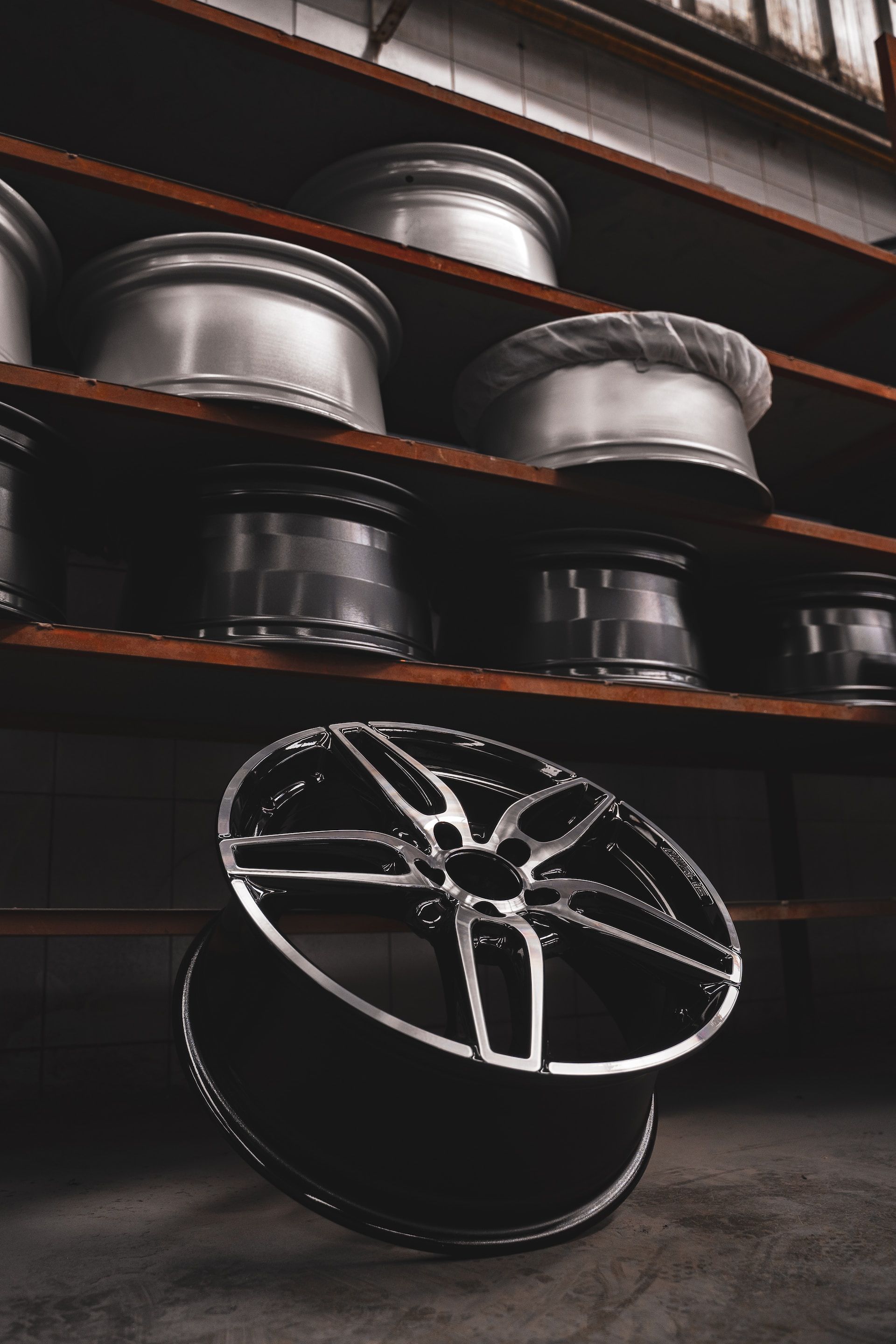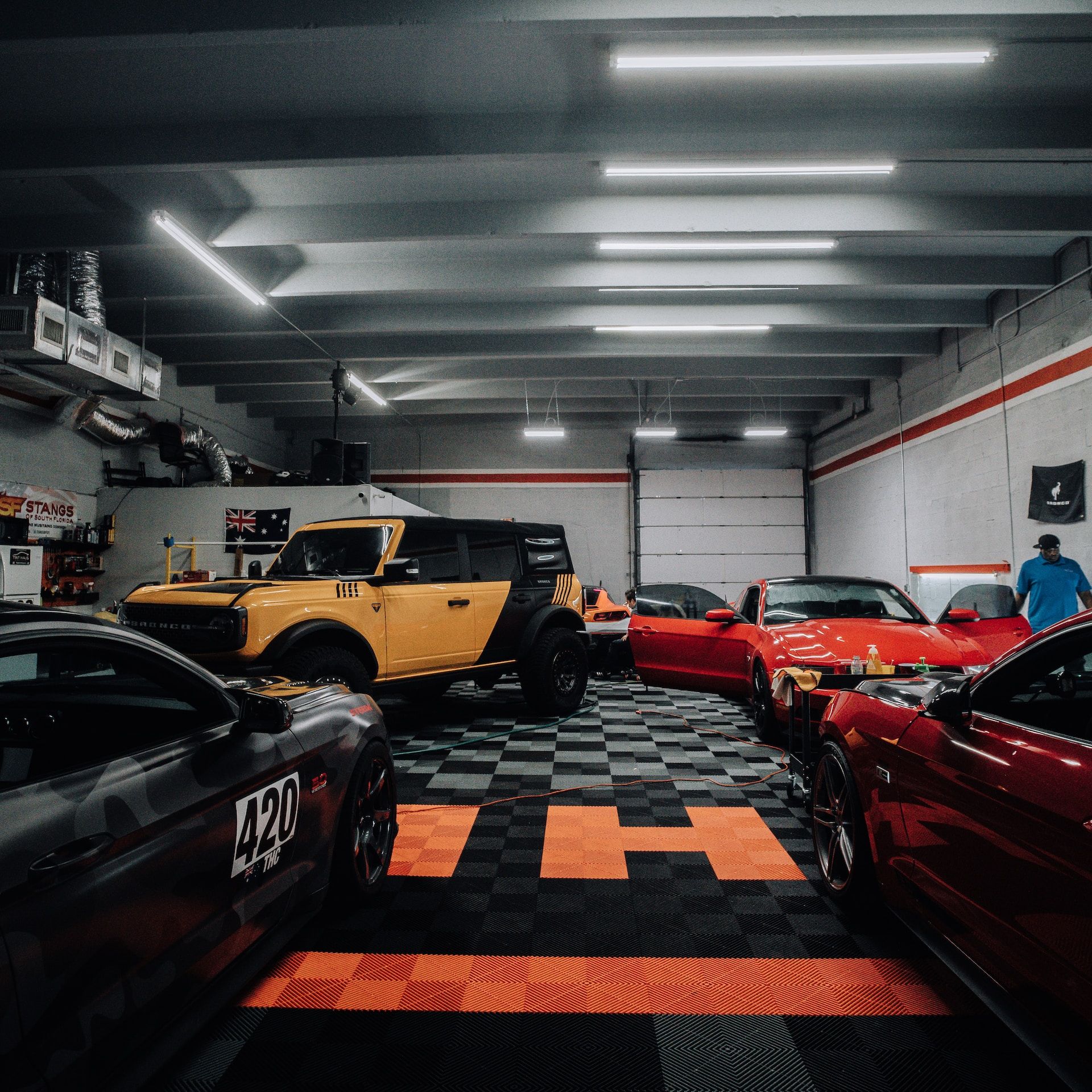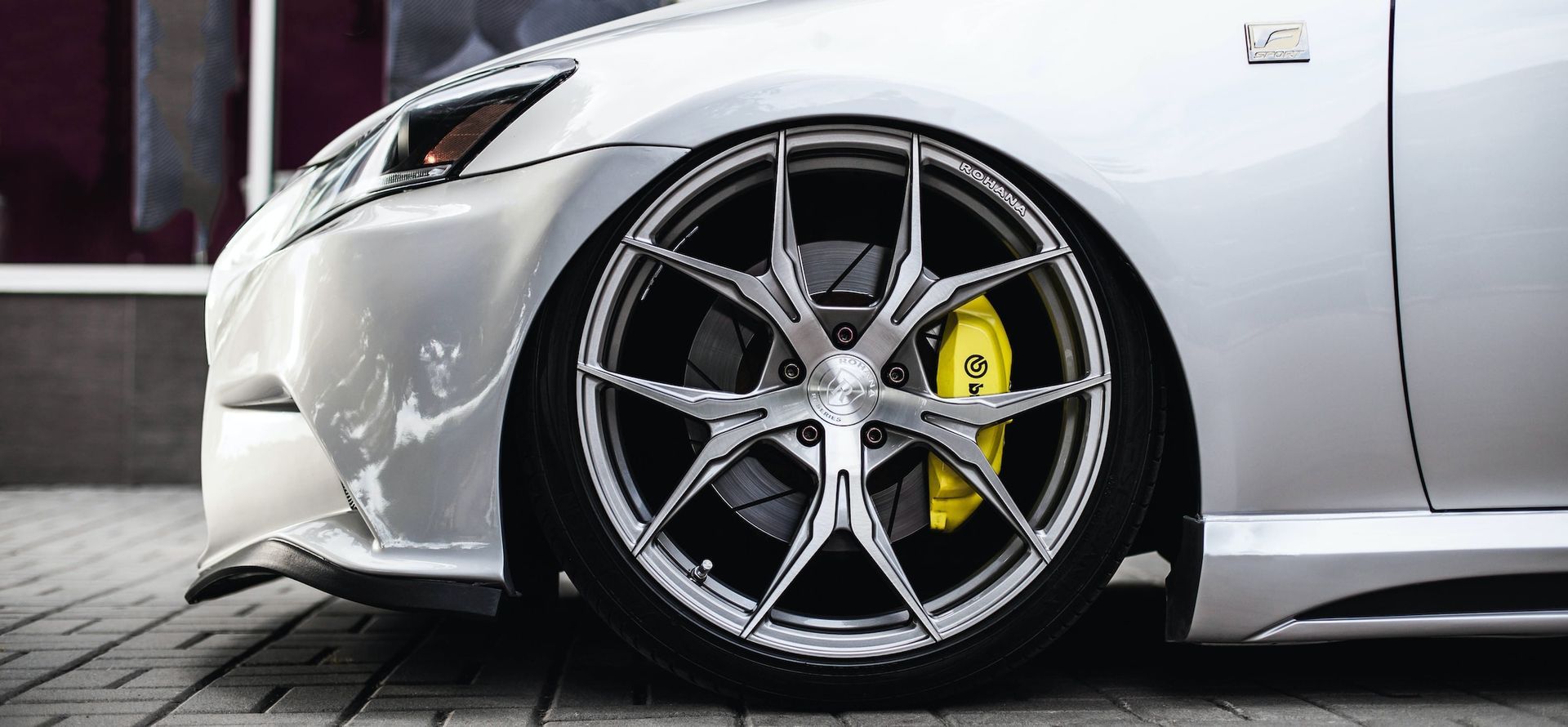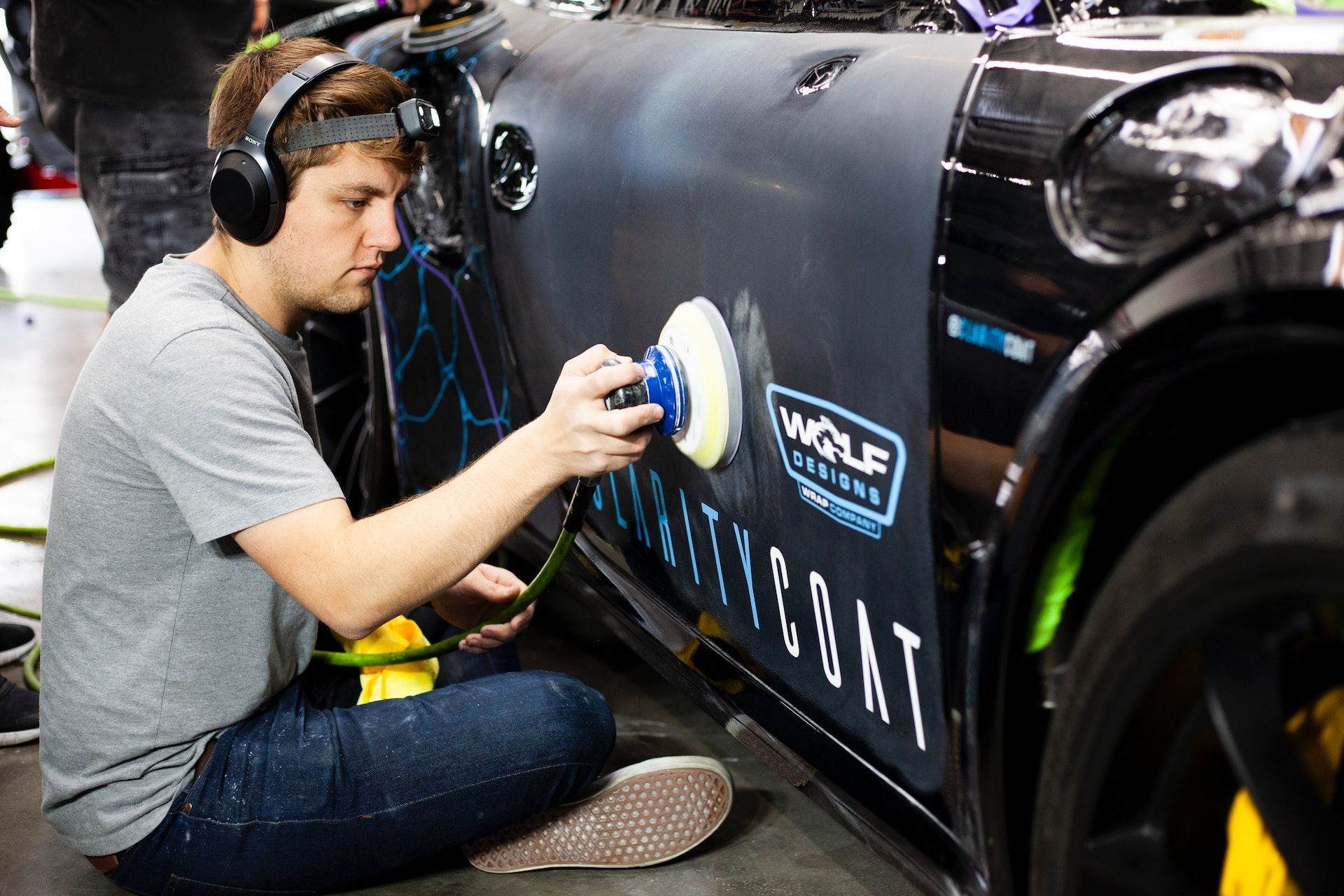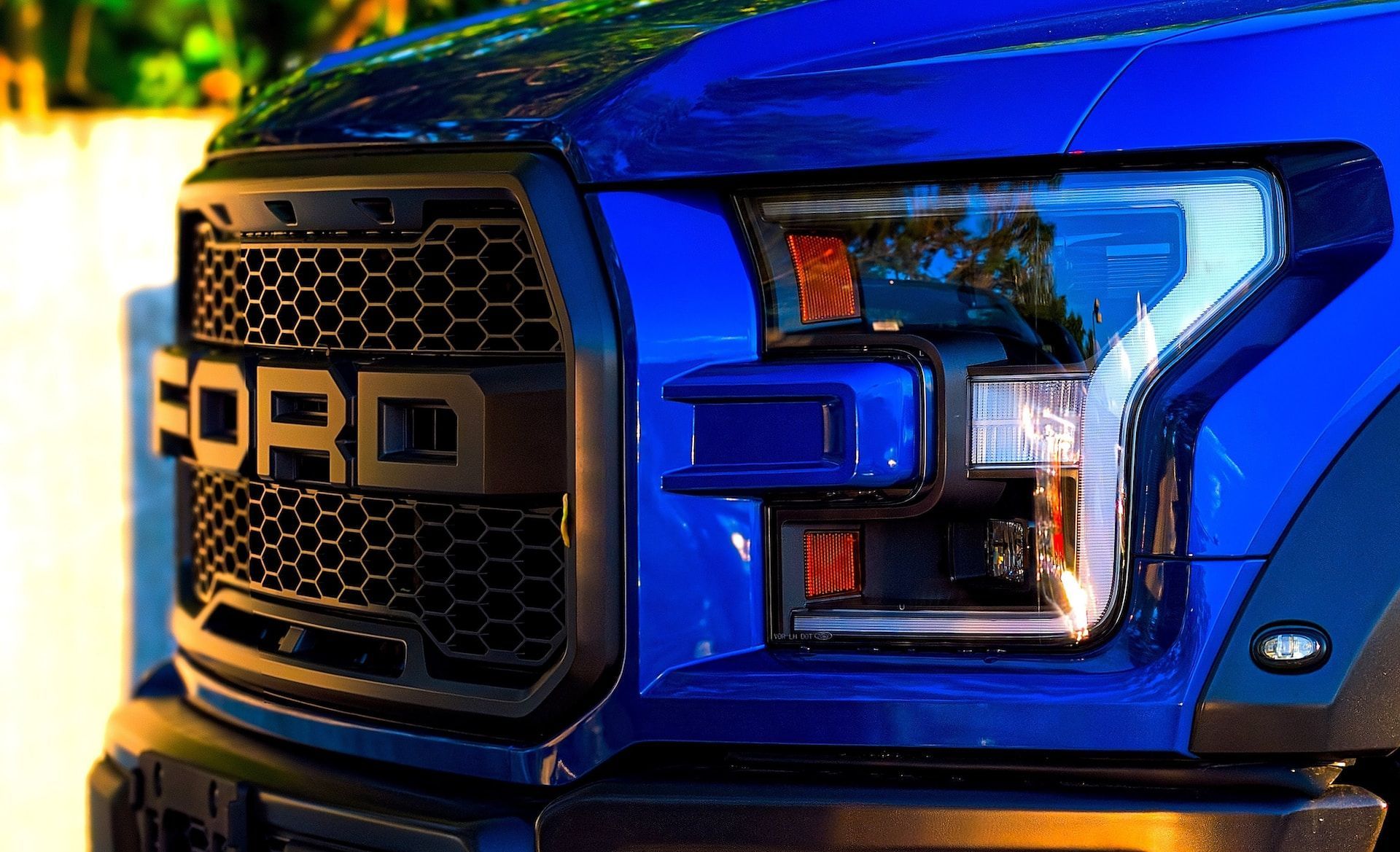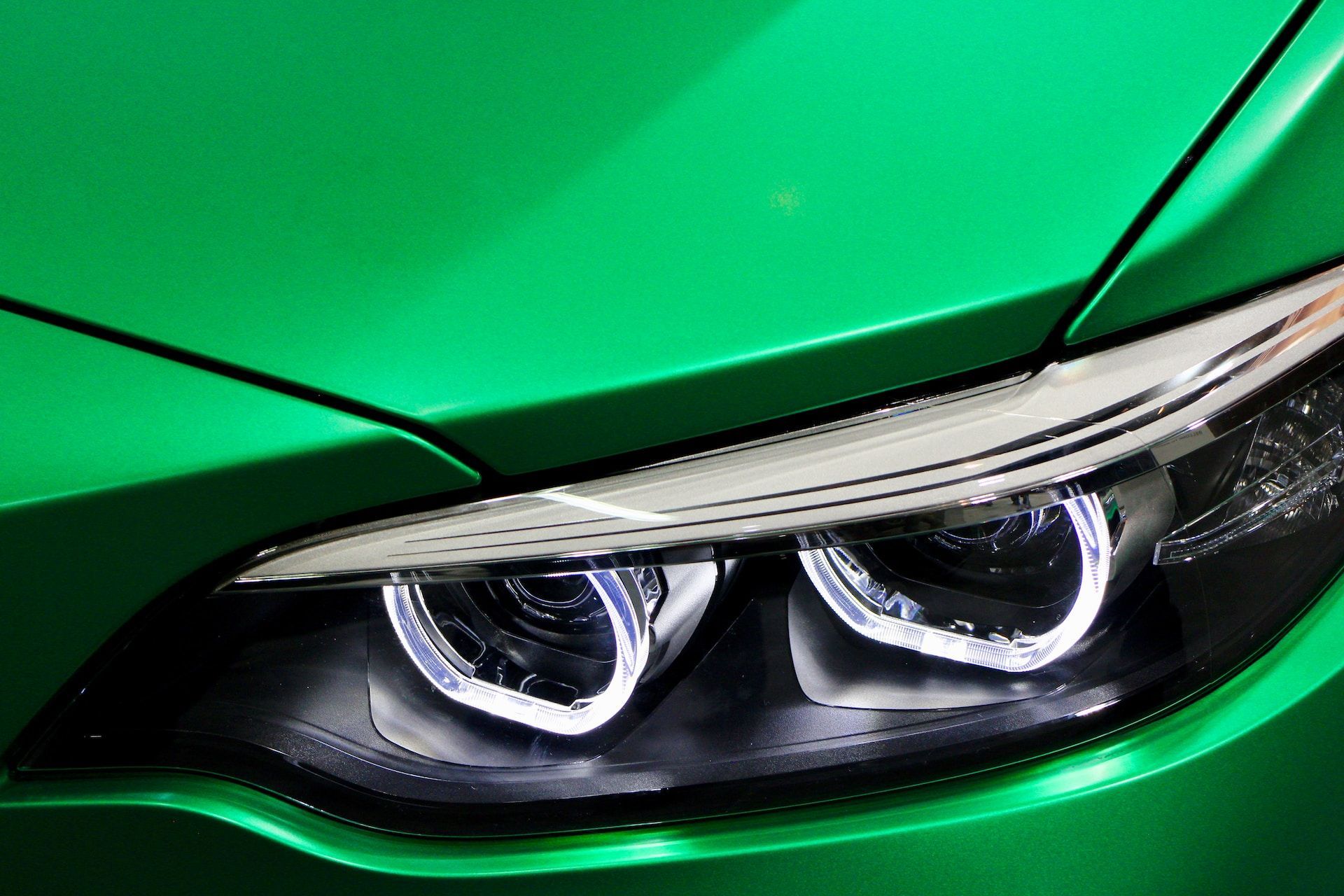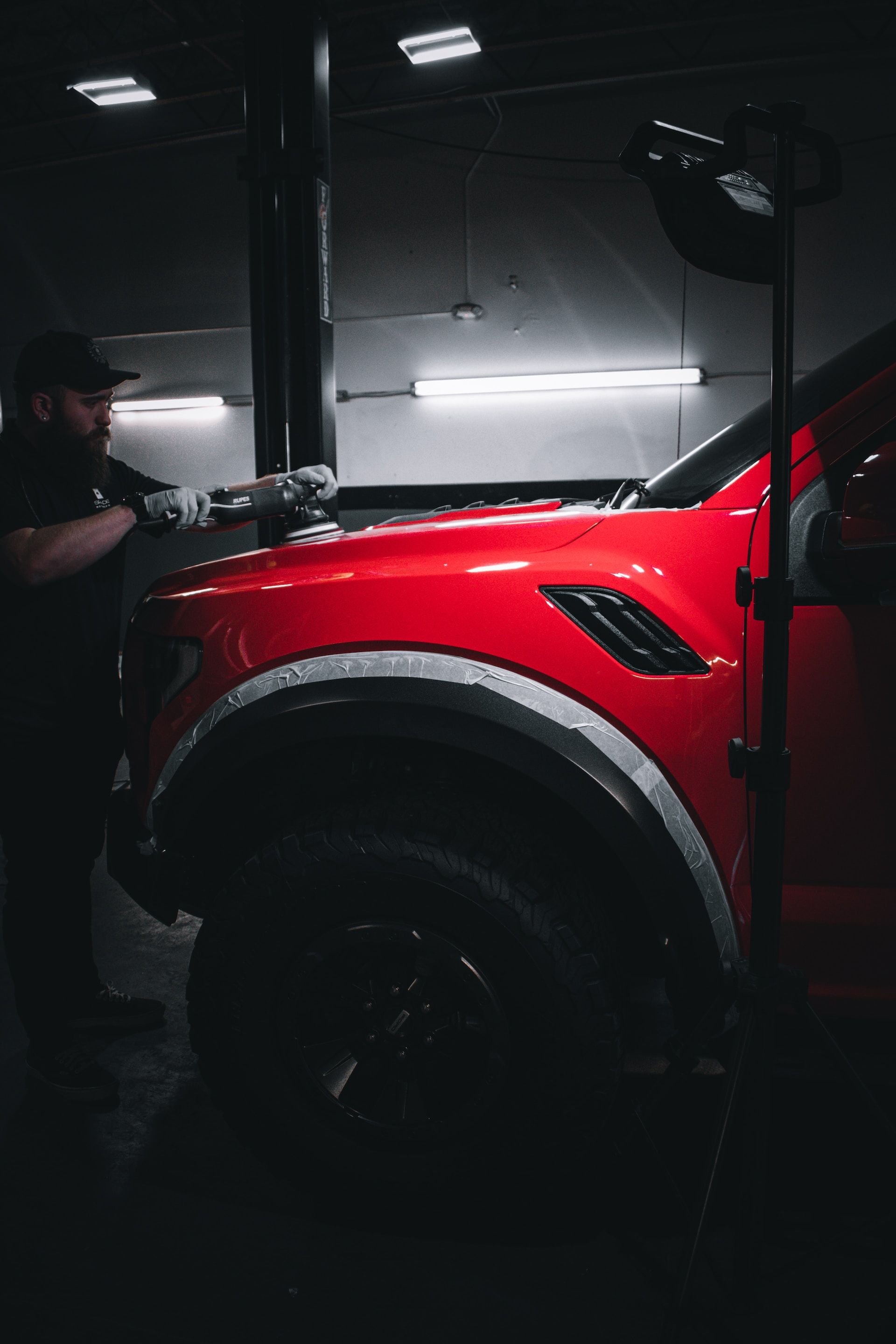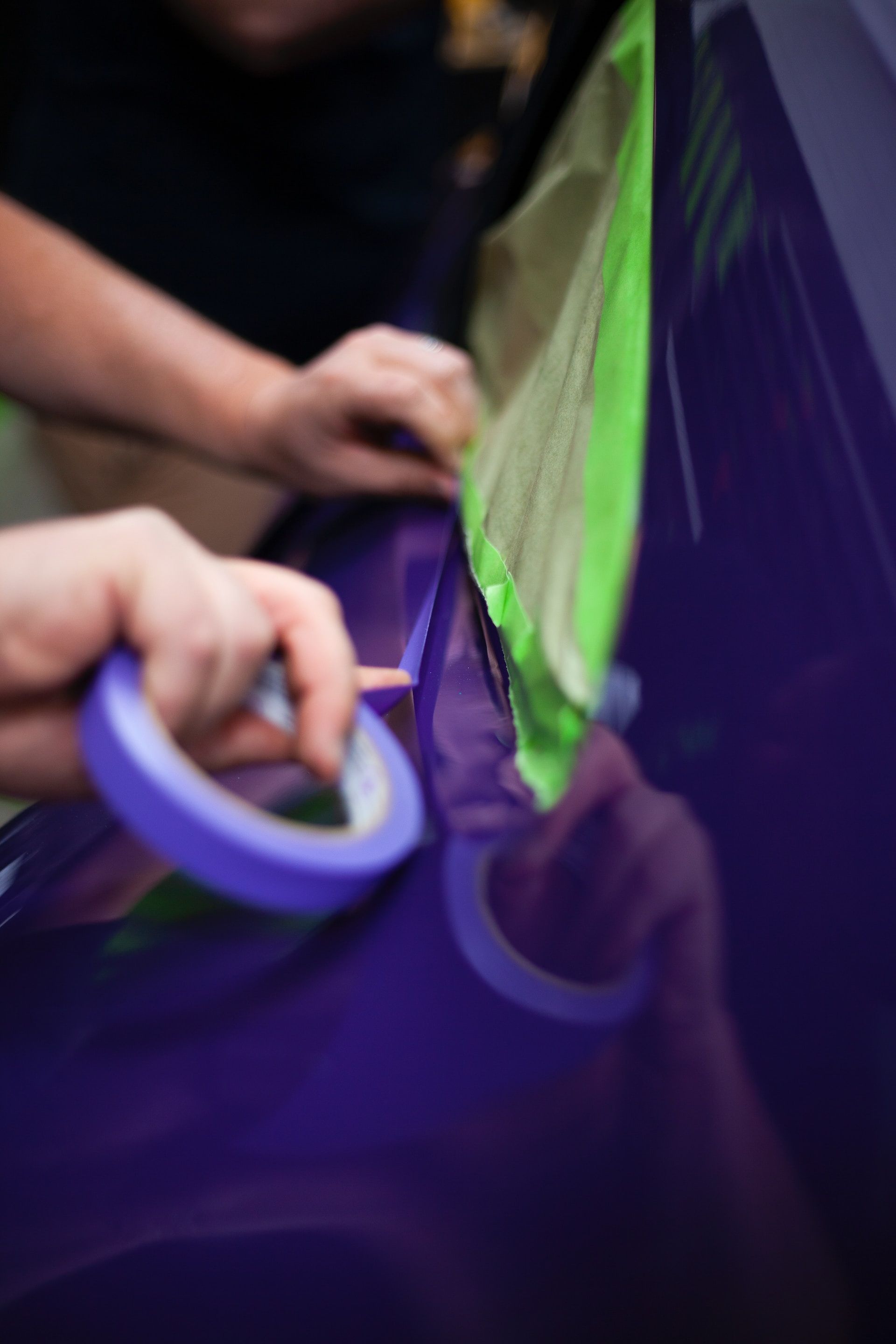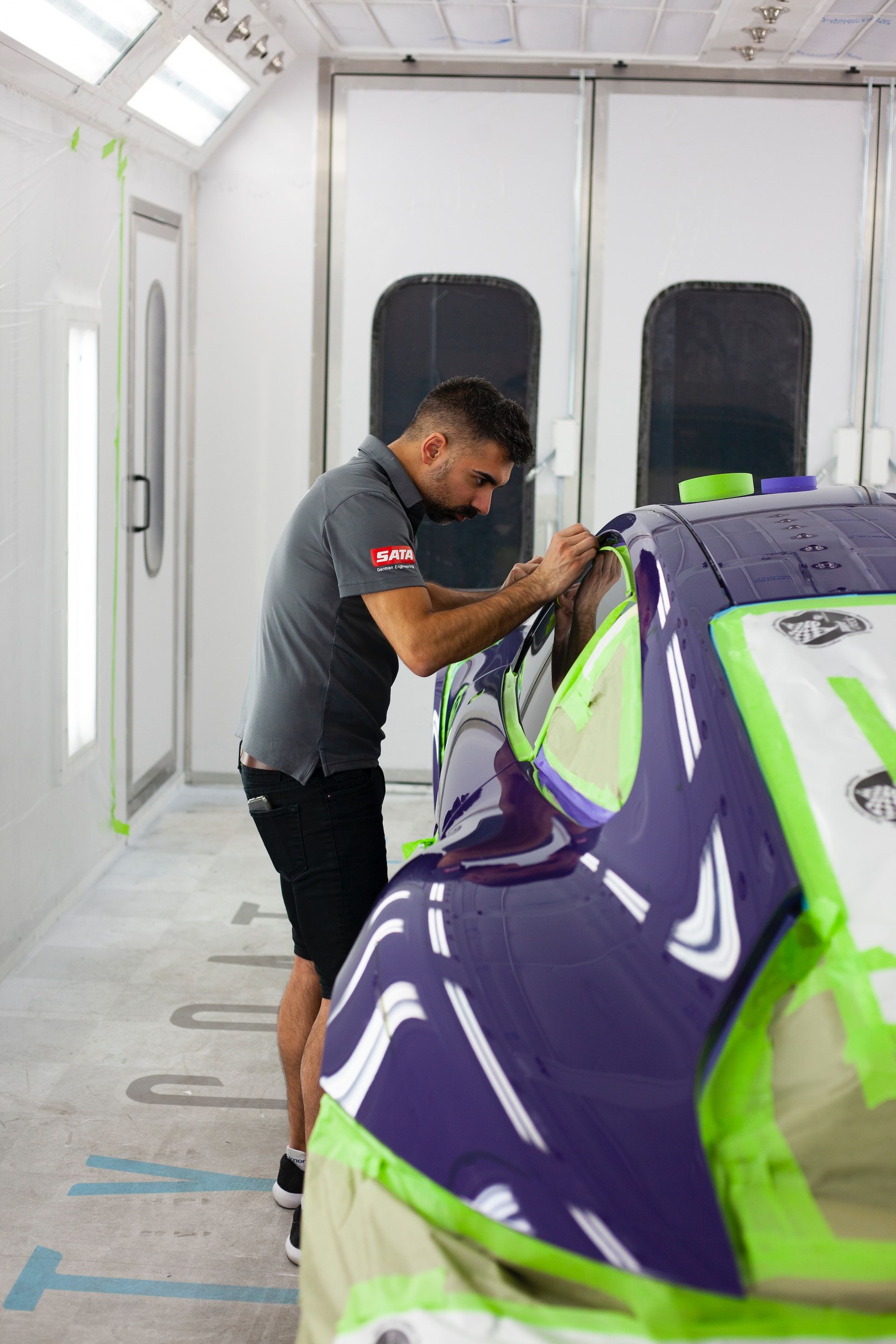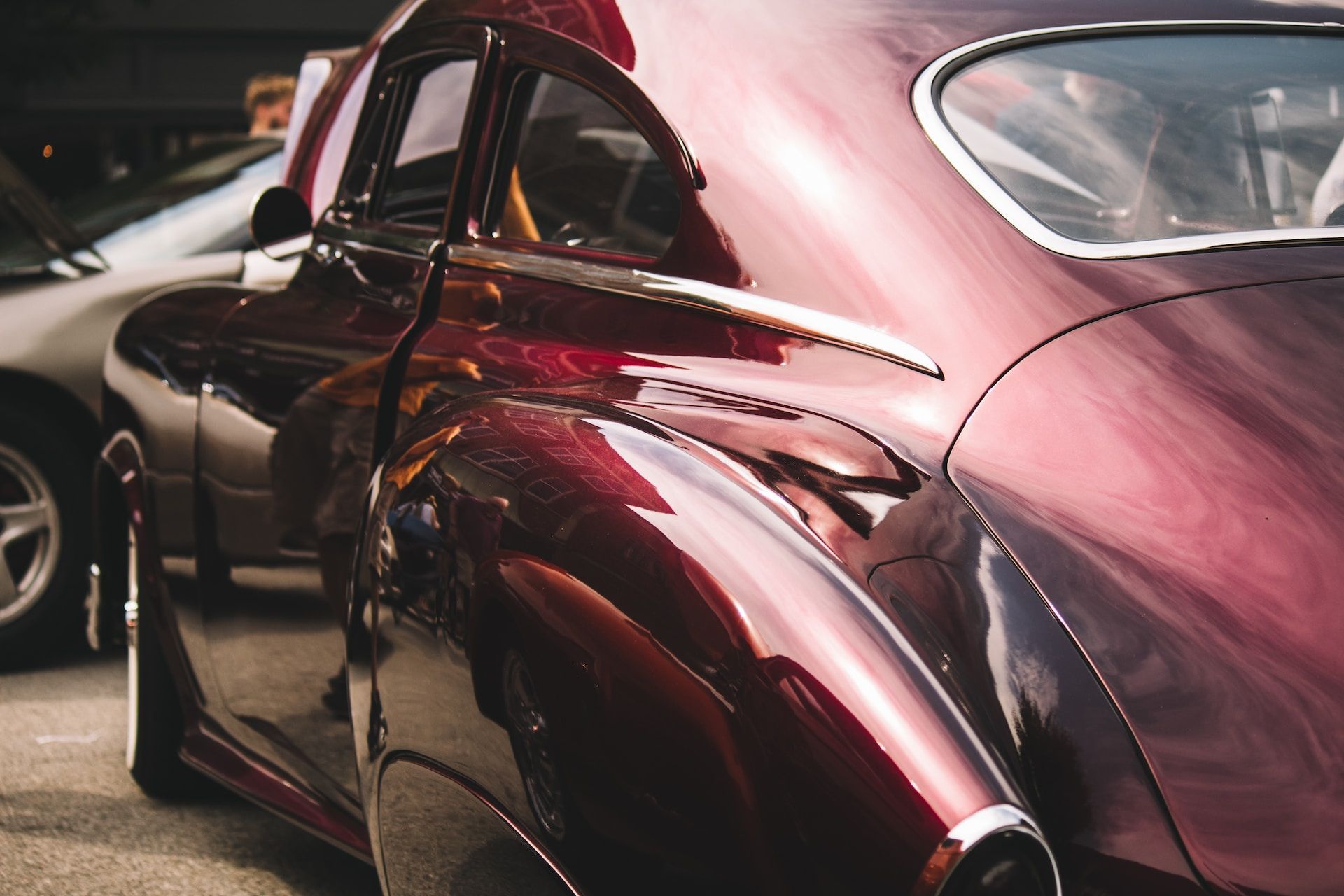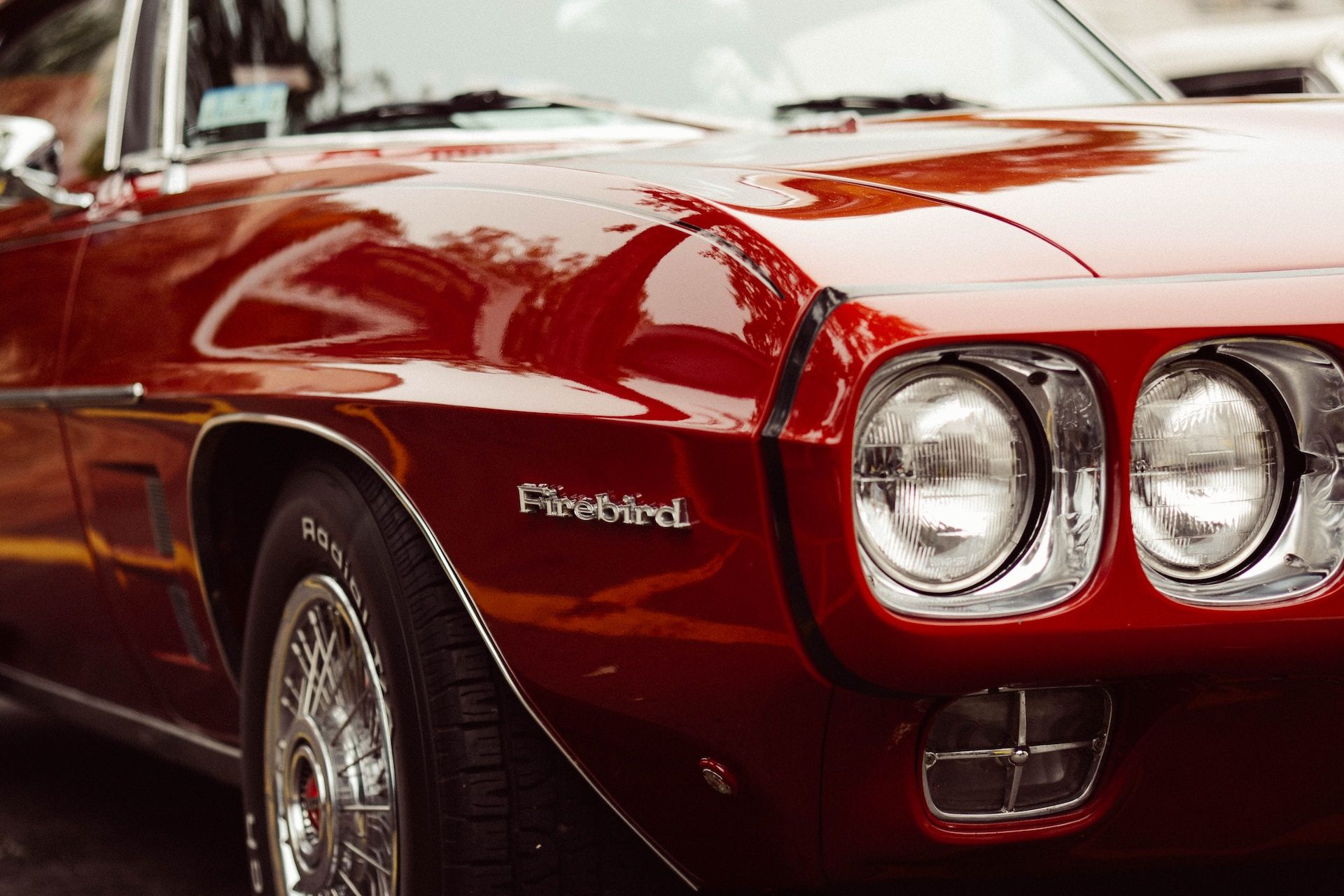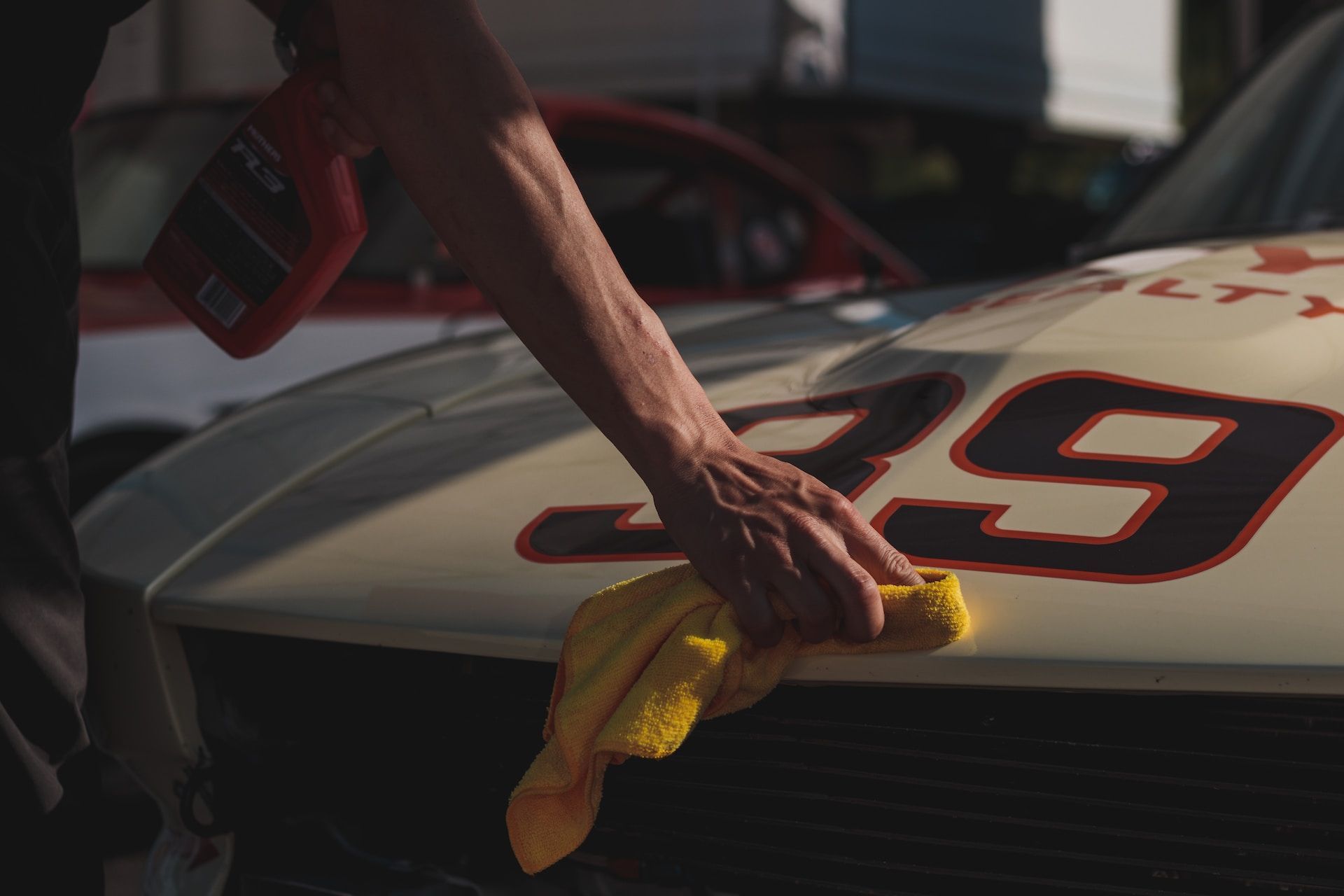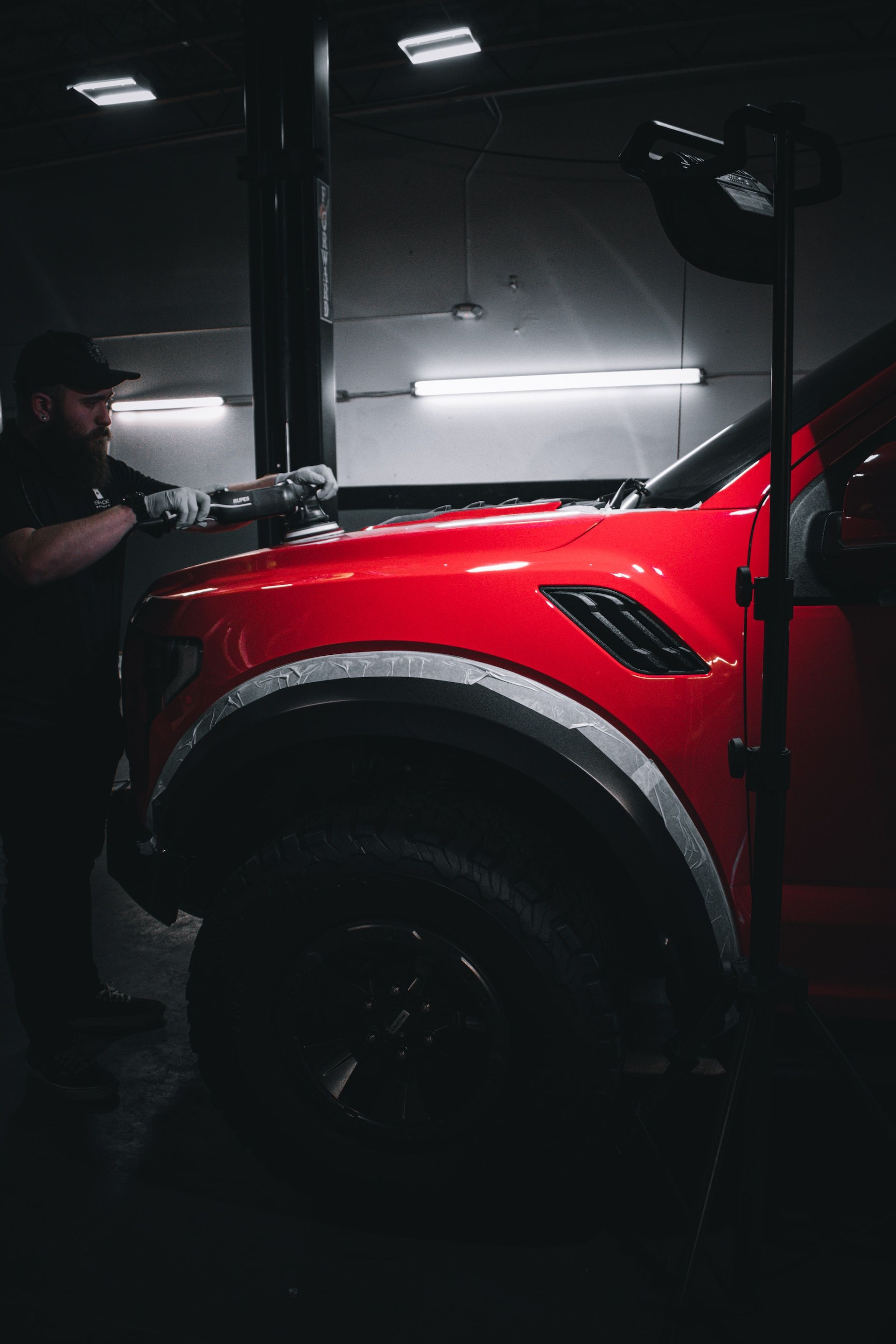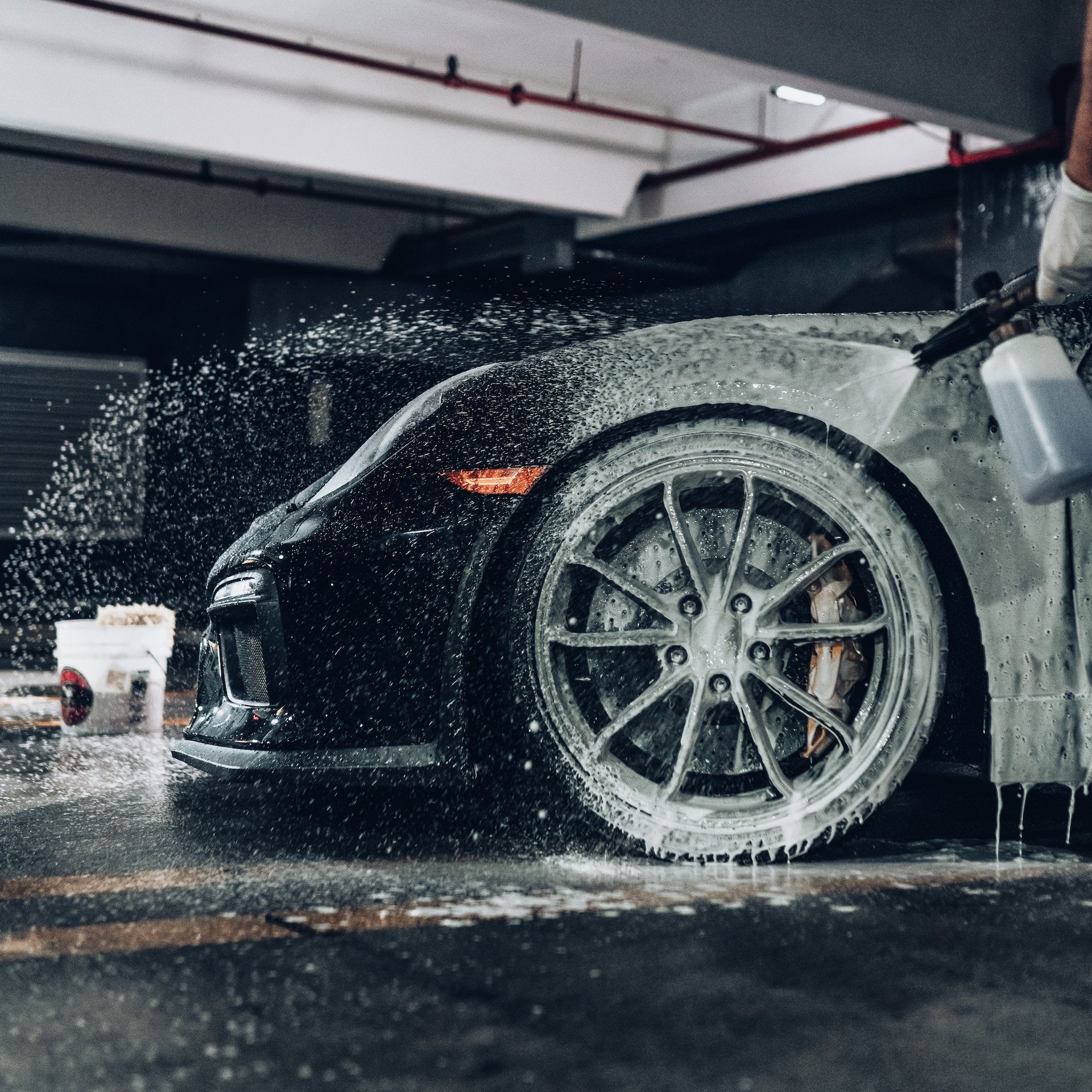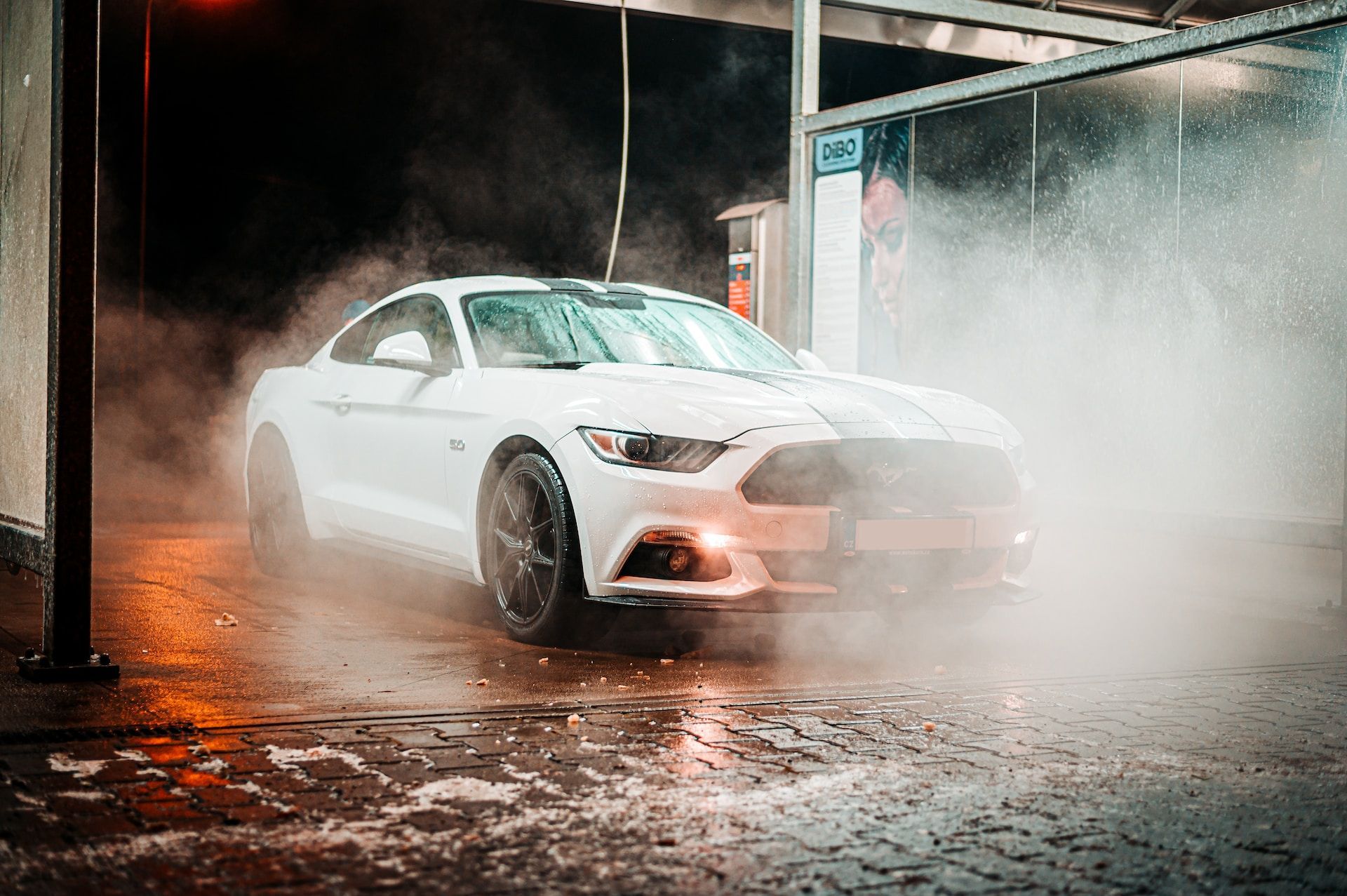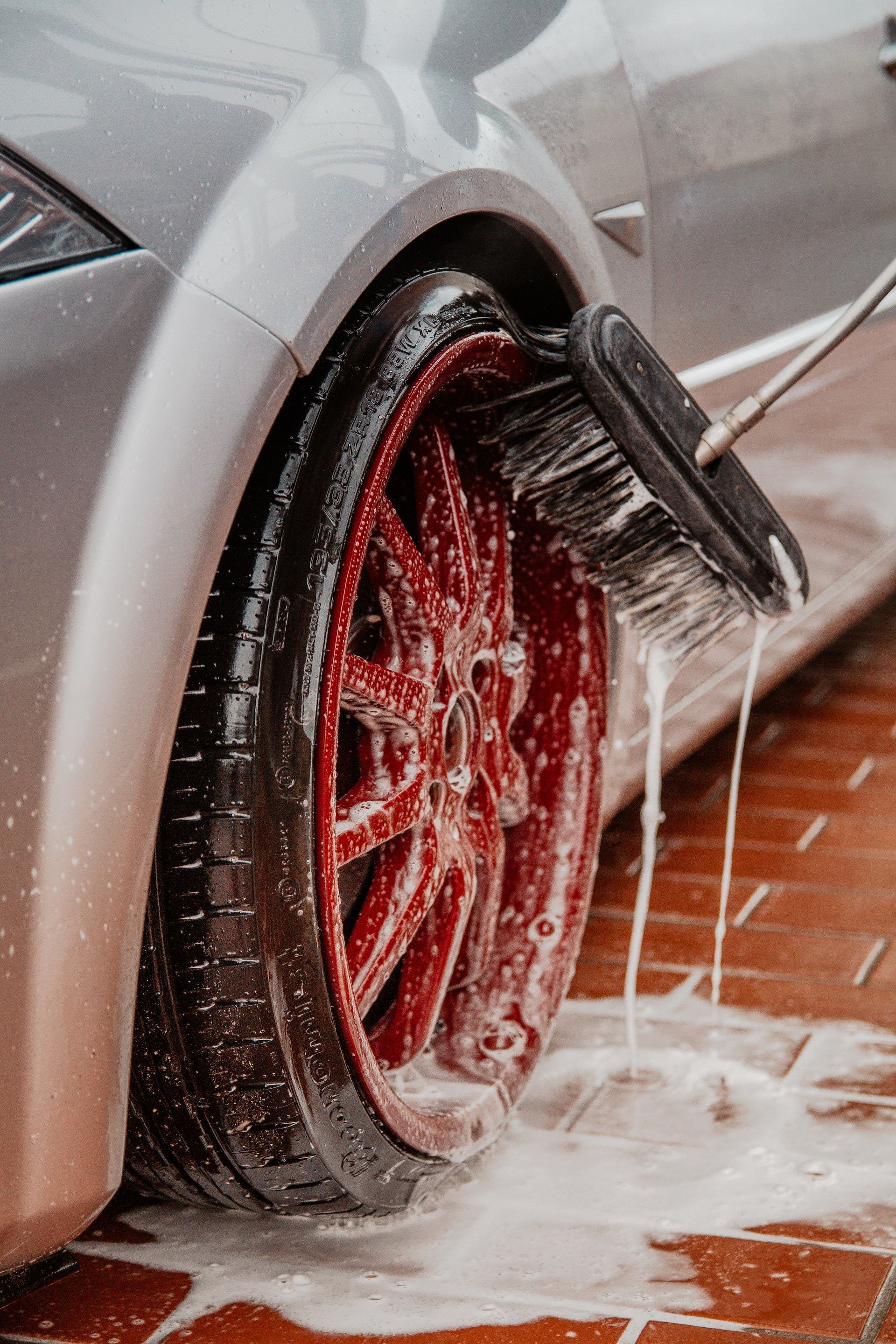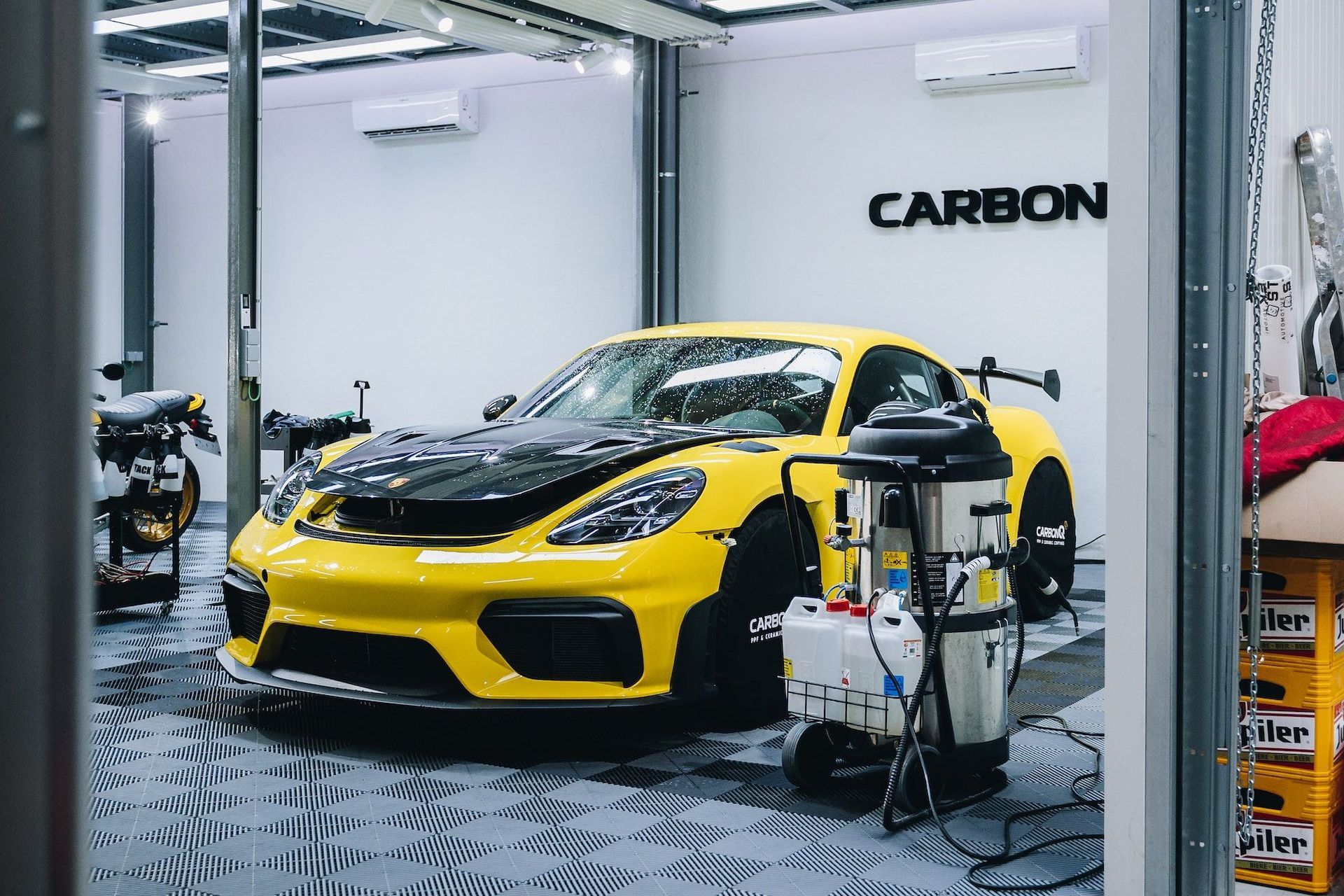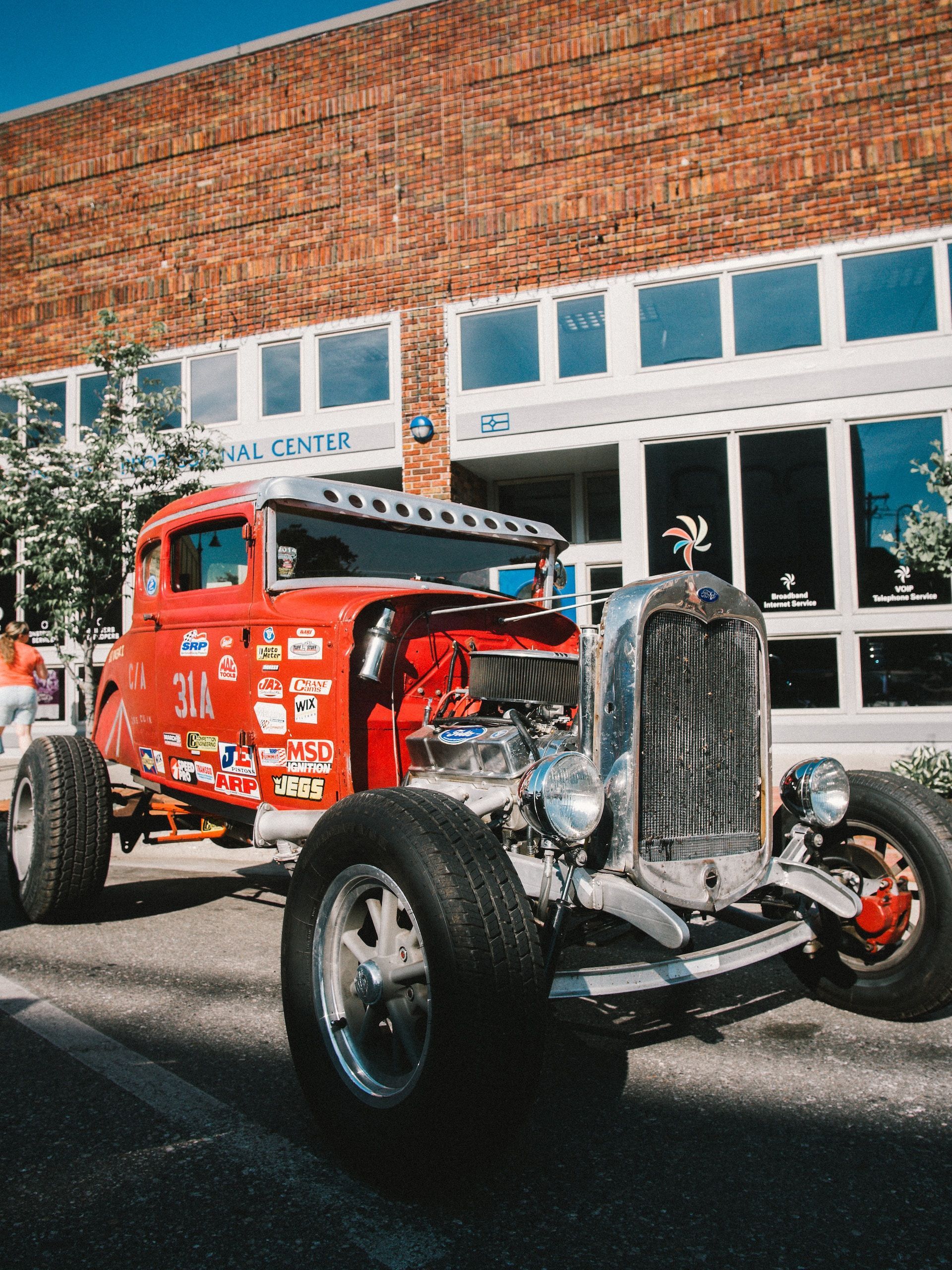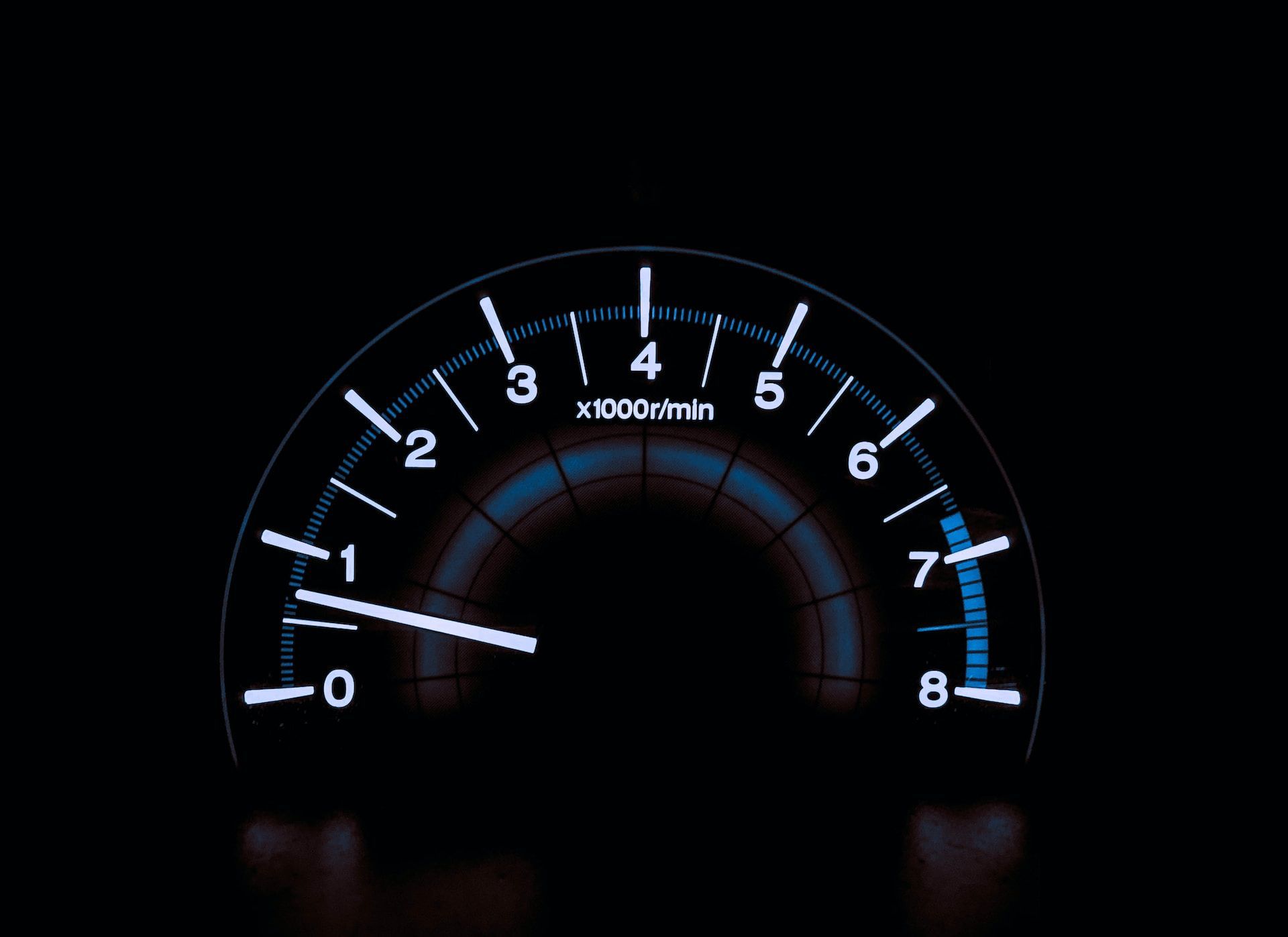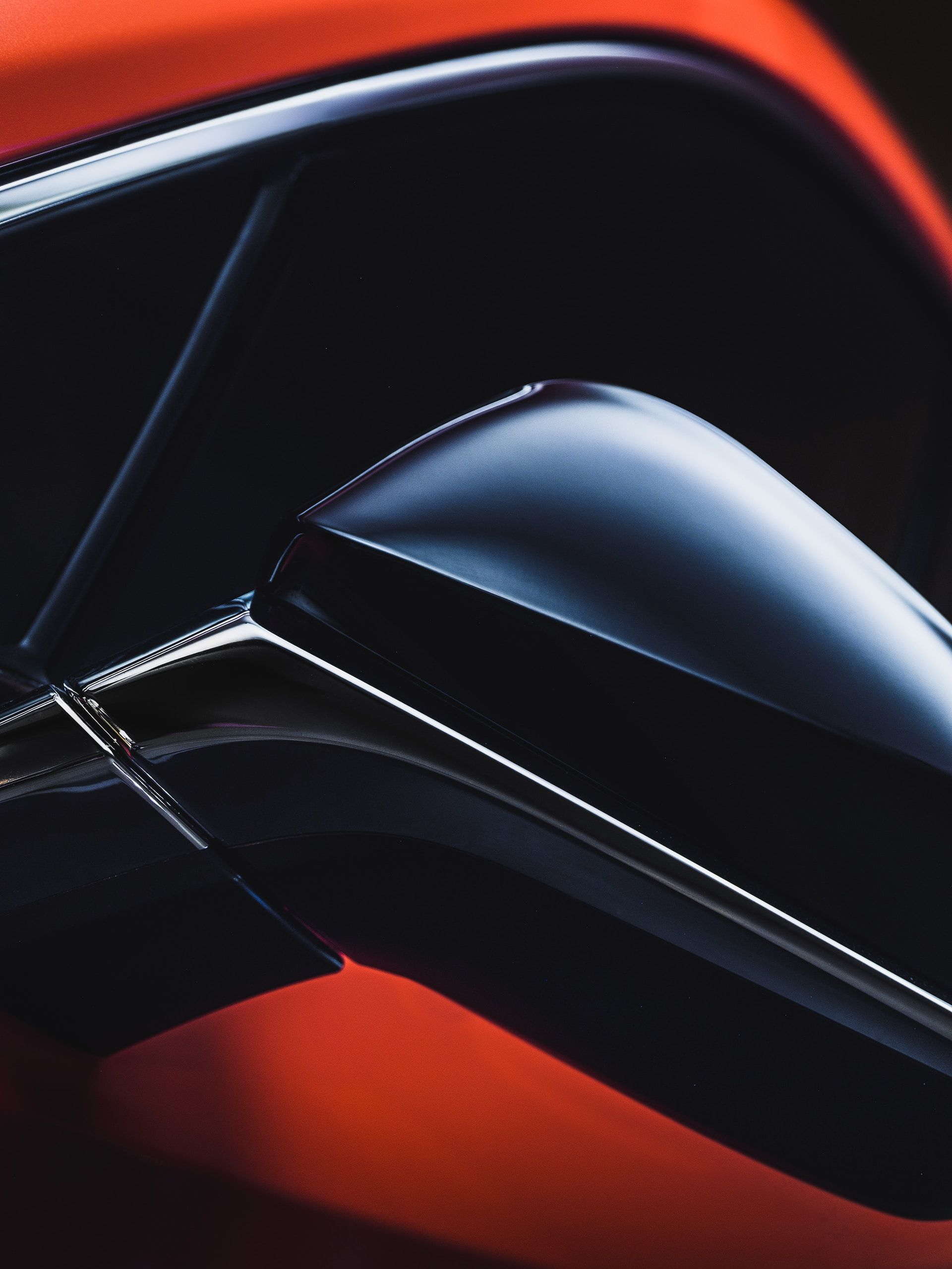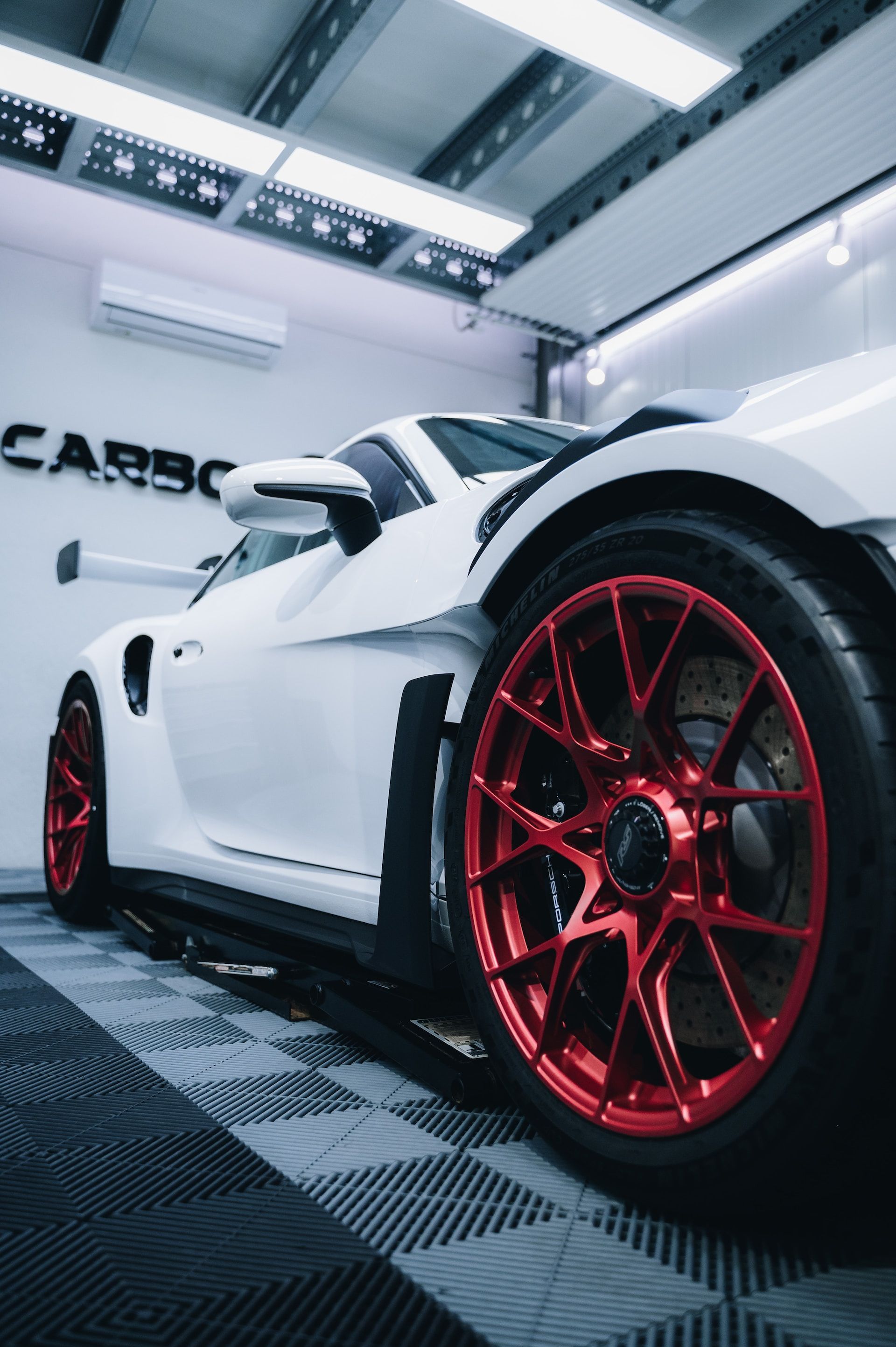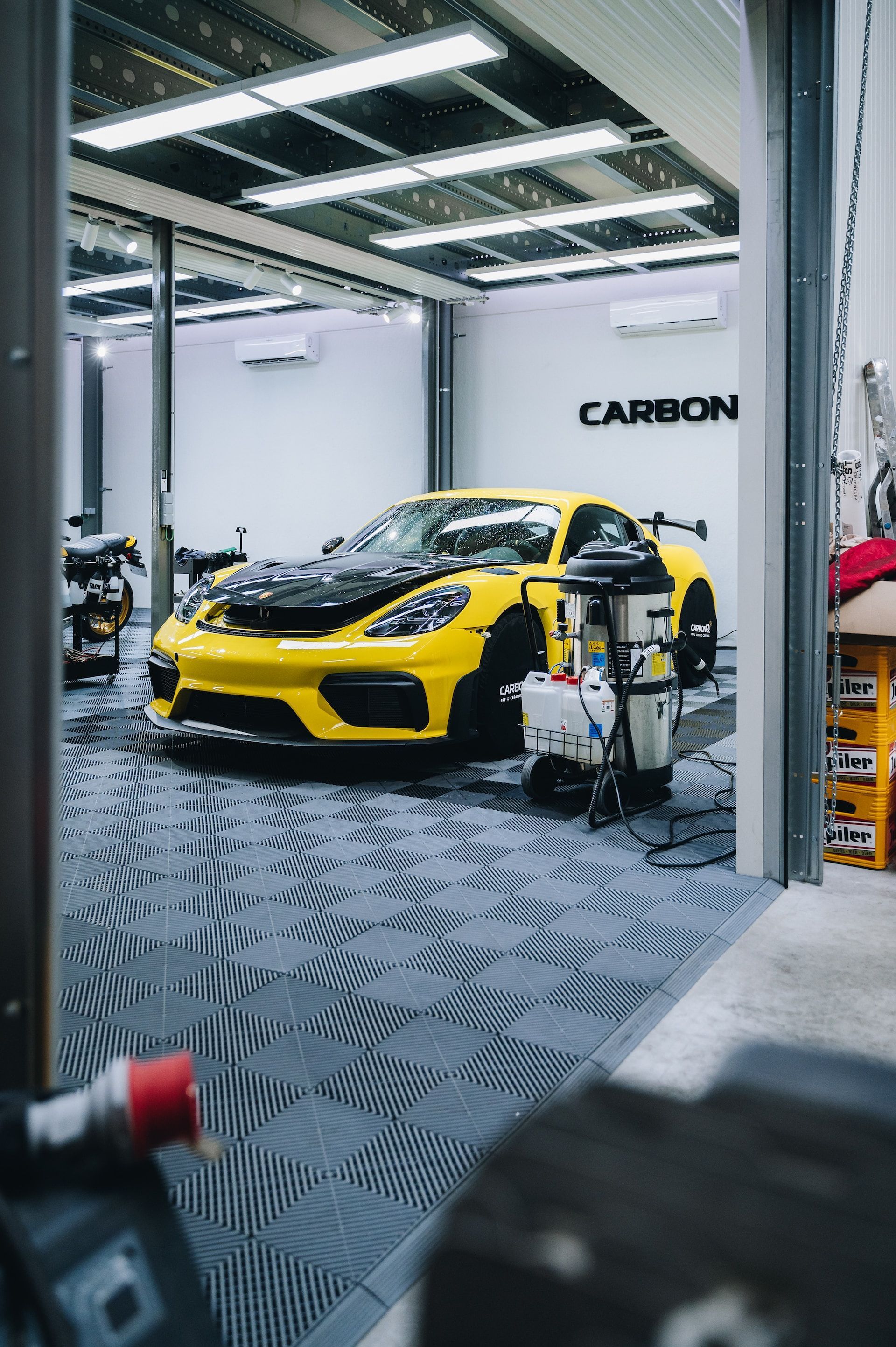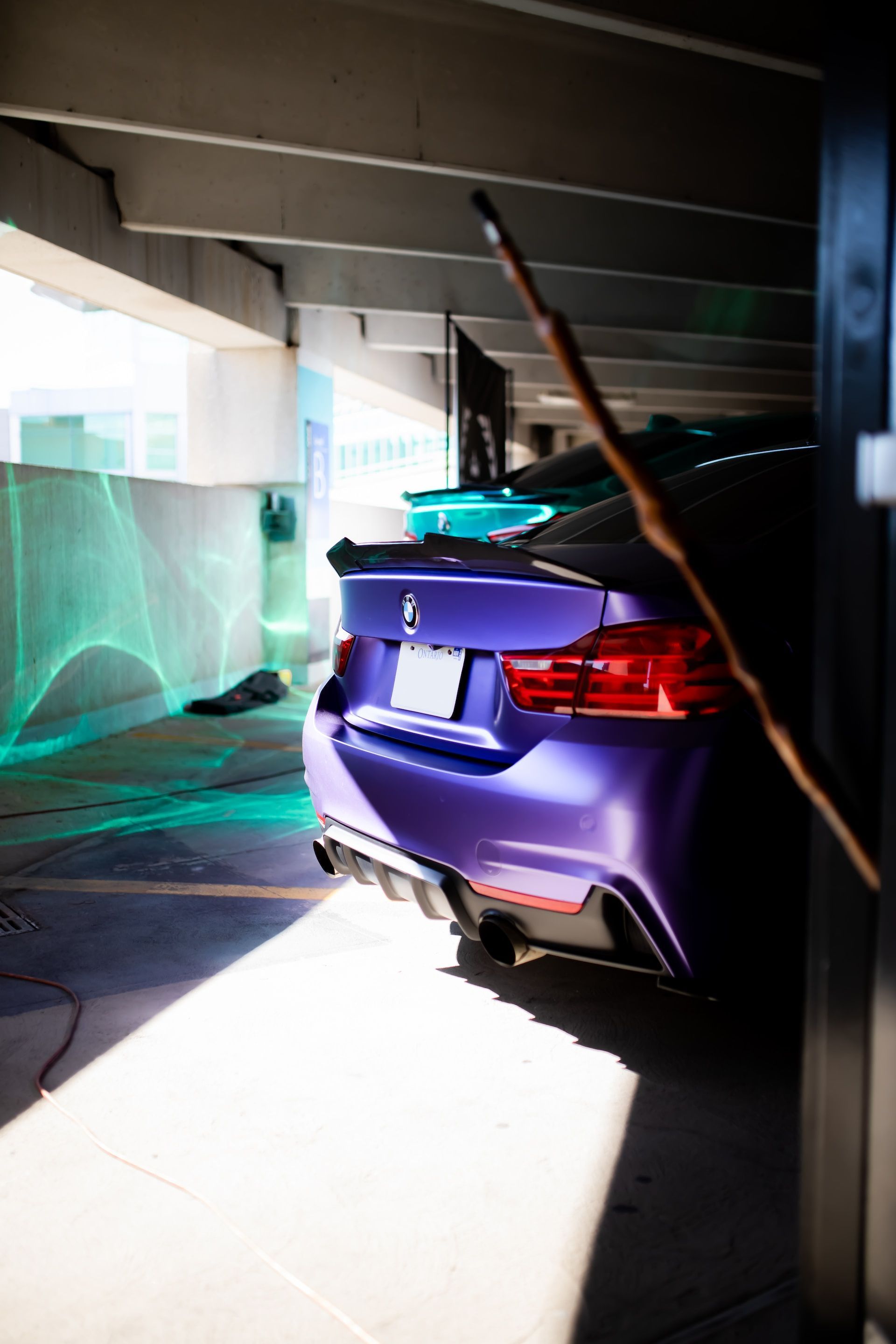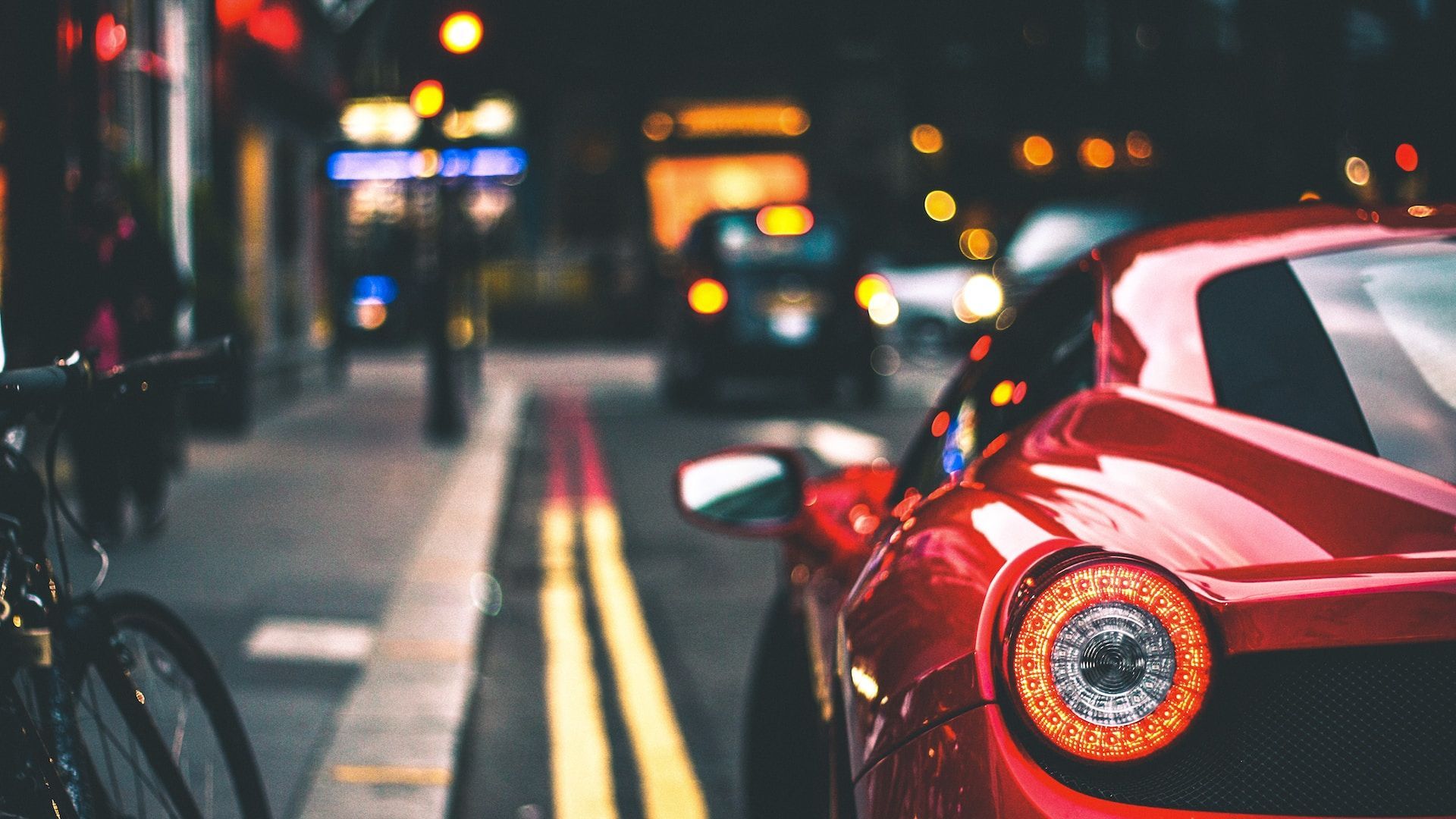Two-Step Paint Correction: The Ultimate Solution to Your Car's Dull and Scratched Paintwork
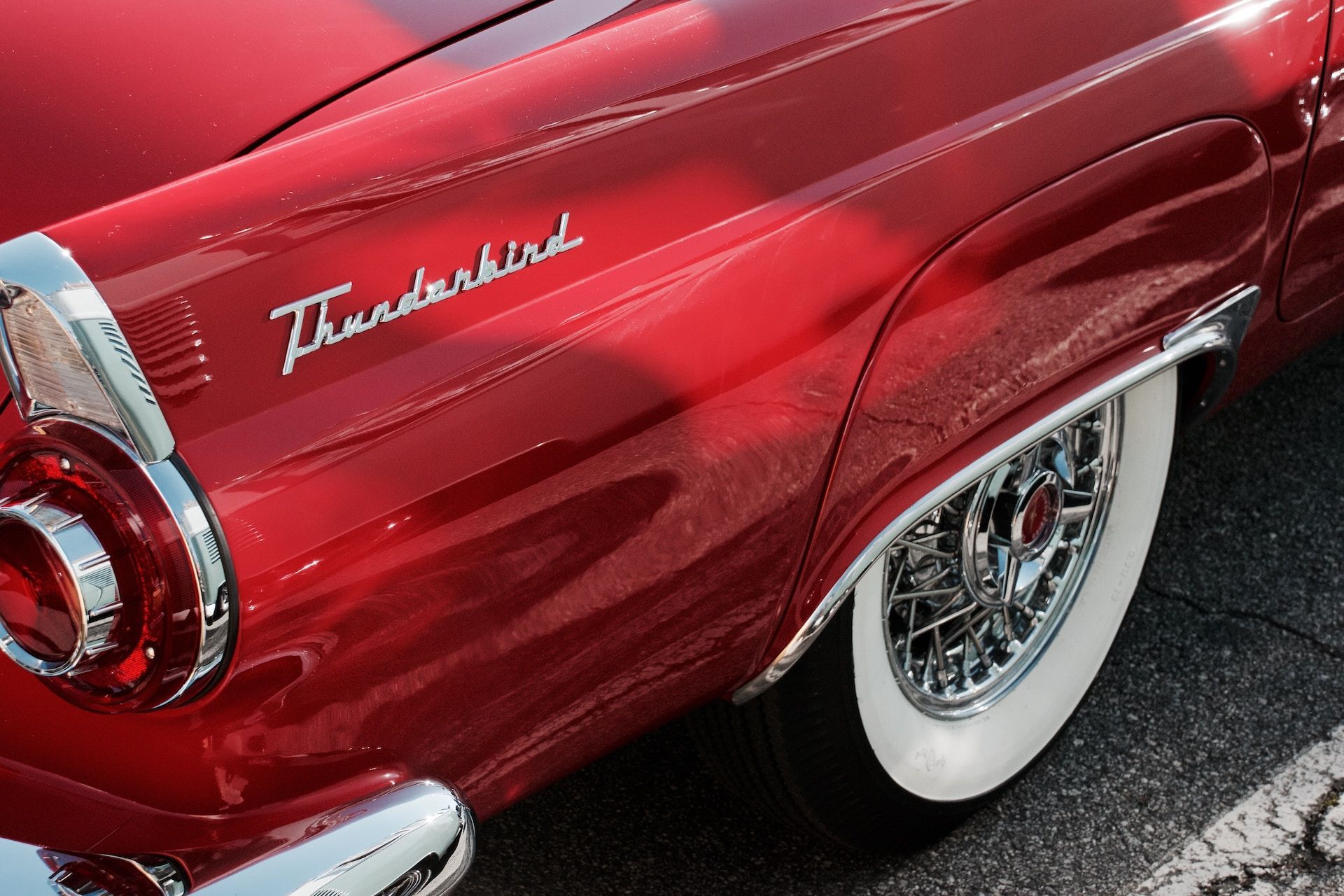
Introduction to Two Step Paint Correction
When it comes to car detailing, paint correction is an essential process that every car owner should consider. Paint correction refers to the process of removing imperfections from the surface of a vehicle's paintwork, which include scratches, swirl marks, holograms, and other blemishes that can affect the overall appearance of your car.
Not only does it improve your car's appearance but also its resale value. However, not all paint correction methods bring about effective results.
In fact, some methods can cause more harm than good to your car's paintwork if not executed properly. Two-step paint correction is a popular method that has been proven to be highly effective in restoring a vehicle's shine and gloss.
Learn more about: How to paint correction guide...
The Importance of Two-Step Paint Correction
The two-step process involves two separate procedures: compounding and polishing. Compounding is the first step in this process where an abrasive compound is applied to the surface of the vehicle by a machine polisher or buffer wheel. This compound removes deep scratches and other imperfections on your vehicle’s exterior while preparing it for polishing.
Polishing is the second step in this correction method where an appropriate polish agent is used with a soft pad or microfiber towel - depending on how much cutting power you need - for restoring luster as well as hiding minor scratches left behind from compounding. The two-step process provides several benefits compared to traditional one-step processes since it removes more blemishes further increasing depth & clarity while protecting against future damage through chemical bonding with ceramic coatings or wax layers applied afterward.
Learn more about: Mastering Multi Stage Paint correction...
A Brief Overview of The Process
The first step in 2 Step Paint Correction involves using an abrasive compound that removes deeper marks such as swirls and oxidation while also preparing the surface for polishing. The second step then uses a polisher machine to smooth out the surface, and a soft pad or microfiber towel with a non-abrasive polish agent spreads over your car’s exterior to remove minor scratches and restore luster. Overall, two-step paint correction is a highly effective method of restoring your car's paintwork to its original factory finish, ensuring that it looks good as new and retaining its value.
Learn more about: The ultimate paint correction products...
Step One: Compounding
Definition and Purpose of Compounding
Compounding is the first step in the two-step paint correction process. It involves using a compound, which is an abrasive material, to remove the top layer of the car's paint. The purpose of compounding is to get rid of any imperfections that are in the top layer of the paint.
This includes things like scratches, swirl marks, water spots, and other blemishes that may be in the paint. During this process, it's important to use a compound that's appropriate for the condition of the car's paint.
If there are deep scratches or heavy oxidation on the surface, a more aggressive compound will need to be used. However, if there are only minor imperfections on the surface, a less abrasive compound will suffice.
Learn more about: Paint correction and scratches...
Types of Compounds and Their Differences
There are two main types of compounds: cutting compounds and finishing compounds. Cutting compounds are designed to remove more material from the surface than finishing compounds.
They're typically used for more severe cases where there are deeper scratches or heavy oxidation on the surface. However, it's important to note that cutting compounds can also leave behind noticeable swirl marks if not used correctly.
Finishing compounds have less abrasive particles than cutting compounds and are used for less severe cases where there aren't as many imperfections on the surface. They're also good at removing light swirl marks left behind by cutting compounds.
When choosing a compound, consider factors such as hardness (soft or hard) and lubrication (wet or dry). Soft compounds work well on soft paints while hard ones work better with harder paints; wet compounds aid in keeping heat down during application while dry ones generate more heat.
Learn more about: Paint correction and rock chips...
Tools and Equipment Needed for Compounding
To carry out compounding effectively requires several tools including a rotary polisher or a DA polisher, compounding pads, and a compound. Other essential tools include microfiber towels for wiping off the compound residue and painter's tape to mask off any trim or areas that don't need compounding.
When it comes to choosing the right pad, consider the level of abrasion required. Pads with harder foam are used with more aggressive compounds while those with softer foams are used for less aggressive compounds.
The type of pad will also depend on the type of machine being used. For example, rotary polishers require heavier cutting pads as compared to their DA counterparts.
Learn more about: How long paint corrections takes...
Techniques for Effective Compounding
To achieve the best results when compounding, it's important to use proper techniques. These include ensuring that the surface is clean and free of debris before starting, maintaining a consistent speed throughout the process, using light pressure on the polisher and allowing it to do its job (too much pressure can damage paint), working in small sections at a time to avoid overheating and using overlapping strokes. Additionally, keep in mind that you should never hold the buffer in one spot for too long as this can burn through paint; always move it around constantly while buffing away at scratches and other imperfections.
Learn more about: If paint correction is worth it...
Step Two: Polishing
Definition and Purpose of Polishing
Polishing is the second step in 2-step paint correction. Its purpose is to smooth out the surface of the paint after compounding.
The goal of polishing is to remove any remaining swirl marks, hazing, or marring from the compounding process and to bring out a high gloss shine. It's essential that you polish your car's paint after compounding because it will leave behind micro-marring or haze that needs to be removed.
Learn more about: Paint correction detailing...
Types of Polishes and Their Differences
There are two primary types of polishes; abrasive and non-abrasive. Abrasive polishes contain small particles known as abrasives that work to abrade or wear down the surface of the paint, removing imperfections along with a thin layer of clear coat.
Non-abrasive polishes are designed for less severe defects like light swirls, water spots, and hazing. Polishes also come in different levels of aggressiveness, measured on a scale from one (least aggressive) to ten (most aggressive).
It's essential to choose a polish with just enough abrasion power for your specific car and its defects. Using an overly aggressive product can result in further damage.
Learn more about: 4 step paint correction...
Tools and Equipment Needed for Polishing
The tools required for polishing are very similar to those used during compounding. A dual-action polisher is generally preferred as it's more forgiving than a rotary buffer, allowing you better control when working on curved surfaces without causing burn-through while still being powerful enough for most situations.
When using an abrasive polish, use foam pads with varying degrees of hardness based on how severe your defects are. For less severe issues or non-abrasive polishes, softer foam pads should be used because these products require less pressure than their abrasive counterparts.
Learn more about: 3 step paint correction...
Techniques for Effective Polishing
When polishing, it's essential to work in small sections and maintain a moderate speed during the process. Use a light hand pressure and let the pad do the work. Ensure that you don't apply too much product or allow it to dry out while working on your car, which could cause damage.
It's also essential to take care not to "over-polish" or remove too much clear coat. This can occur with repeated passes over the same area or by using overly aggressive products.
Always err on the side of caution and use less aggressive methods when possible. Polishing can be challenging, but with a bit of practice, you'll find that it's an enjoyable process that helps bring out a stunning shine in your car's paintwork.
Learn more about: One step paint correction...
Benefits of Two-Step Paint Correction
Improvement in the Appearance of the Car's Paintwork
The primary benefit of a two-step paint correction is to improve the appearance of a car's paintwork. The process of compounding and polishing eliminates any imperfections or blemishes on the surface, such as swirl marks, scratches, and oxidation.
The result is a smooth and glossy finish that makes the car look brand new again. No matter how well you take care of your car, over time, it's inevitable that it will lose some of its shine.
Environmental factors like dust, dirt, and debris can all contribute to damaging your car's paint job. With two-step paint correction, you can get rid of these damages and restore your ride's stunning exterior.
Learn more about: Paint correction prices unmasked...
Long-Lasting Protection Against Environmental Factors Such as UV Rays, Acid Rain, Bird Droppings, etc.
A two-step paint correction offers more than just aesthetic benefits; it also provides long-lasting protection against environmental factors such as UV rays, acid rain, bird droppings and other contaminants that can cause damage to your vehicle’s finish. UV rays from the sun can break down the clear coat on your car's surface over time. This leads to fading or discoloration.
A two-step paint correction not only removes existing damage but also provides an added layer of protection against future damage. Bird droppings may not seem like a big deal at first glance.
However, if left untreated for too long they can chemically etch into the clear coat leading to permanent damage that requires professional intervention. With proper maintenance including regularly scheduled 2 step corrections by professionals you can avoid these environmental issues for years to come.
Learn more about: Blemished to beautiful...
Enhancement in Resale Value
One often overlooked advantage when considering 2 step correction is an improvement in resale value. When it comes time to sell your vehicle, the car’s exterior is the first thing that people will see.
A well-maintained and flawless exterior will attract more buyers and increase your car's value. The benefits of 2 step correction go beyond just a shiny paint job.
It can help you get more money for your car when it comes time to sell. Buyers will pay more for a car that looks like new than one that has visible scratches or imperfections on the paint job.
Two-step paint correction offers numerous advantages for both the short term and long term health of a vehicle's exterior. By eliminating any blemishes in the paint job, adding an additional layer of protection against environmental factors, and enhancing resale value, a two-step paint correction is an investment worth considering for any car owner who wants their ride looking its best.
Learn more about: Reviving your car's look...
Conclusion
Summary of the Two-Step Paint Correction Process
Two-step paint correction is a comprehensive process that involves both compounding and polishing to restore and refine the appearance of your car's paintwork. During the first step, compounding, abrasive compounds are used to remove imperfections such as scratches, swirl marks, and water spots.
The second step, polishing, uses fine abrasives to refine the finish of the paint by removing any remaining scratches or surface imperfections. This process results in a smooth and glossy finish that can make your car look like new again.
Advantages to Having a Professional Perform this Service
While some people may attempt to perform two-step paint correction on their own, it is highly recommended that you have a professional do it for you. Professional detailers have access to top-of-the-line equipment and products, as well as years of experience in performing these services.
They also have a wealth of knowledge about which products work best on specific types of paint and how much pressure should be applied during each step. In addition to superior results, having a professional perform two-step paint correction can save you time and money in the long run.
Attempting this process on your own can lead to costly mistakes such as burning through layers of clear coat or leaving behind unsightly swirl marks. By having a professional handle this service for you, you can ensure that your car's appearance is restored without any damage being done.
Learn more about: Our comprehensive guide for car enthusiasts...
Final Thoughts on Maintaining Your Car's Appearance
Two-step paint correction is just one aspect of maintaining your car's appearance. In order to keep your car looking its best for years to come, it is important to take proper care of it on an ongoing basis. This includes regular washing and waxing, avoiding harsh environmental conditions when possible (such as parking under trees with sap or near construction sites with flying debris), and addressing any imperfections in the paint as soon as they arise.
Taking care of your car's appearance not only makes it look better, but can also help to protect its resale value. A car with a well-maintained exterior is likely to be worth more when it comes time to sell or trade it in.
So, by investing a little time and money into regular maintenance now, you can potentially save yourself thousands of dollars down the road. Two-step paint correction is a highly effective way to restore and refine your car's appearance.
While it is possible to attempt this process on your own, it is recommended that you have a professional perform the service for optimal results. By taking care of your car's appearance on an ongoing basis, you can enjoy driving a beautiful and well-maintained vehicle for many years to come.
Learn more about: Perfecting your car's finish...
Scottsdale Auto Detailing Blog
A Mobile Car Detailer in Scottsdale
drop us a line for a personalized car detailing plan
Services
We provide detailing in:
Scottsdale, Paradise Valley, Phoenix, Tempe, Mesa, Chandler, Glendale & Gilbert
All Rights Reserved | Privacy Policy | Conditions of Use
